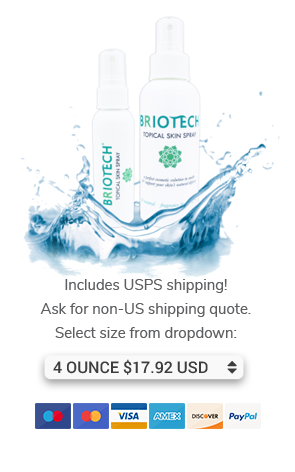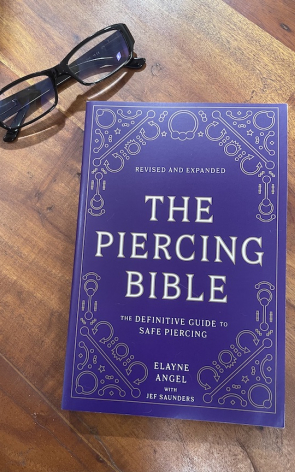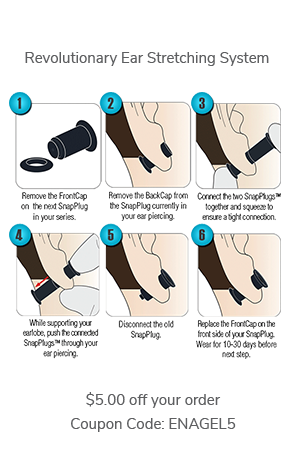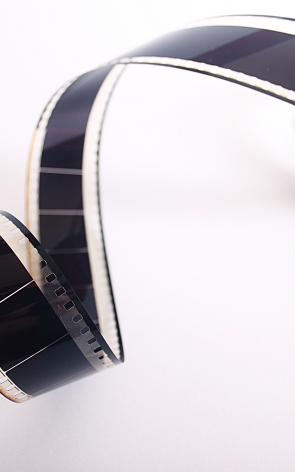I received an excellent question from a client about how she would know her triangle piercing is healed:
About the triangle I received from you 5 months ago - what particular indicator of healing should I look for so that I will know that the healing process is complete? This piercing remained relatively moist so I never noticed any "crusties". It was never painful (aside from the one or two times it got accidentally knocked during sex), and once the swelling and bleeding stopped a few days after the initial procedure, it has looked pretty much the same ever since. Will this type of tissue produce sebum in the piercing? How can I be sure the piercing is healed?
Thank you.
My reply:
Good to hear from you! I'm so glad that your piercing has healed so well; that's great news.
You bring up some really good points and also ask a really great question. It is hard to know when a piercing is fully healed and no longer an open wound--especially on areas where the channel has a fair amount of tissue between the entry and exit holes.
We can only make an educated guess, which is why it is best to err on the side of caution, if anywhere. Meaning, it is appropriate to keep up with aftercare and appropriate hygiene for the minimum stated average healing time (which is 2-3 months for the triangle). If, at that point, the edges of the piercing have that nice smooth, sealed look; there is no tenderness, and no secretion, then you can assume you're healed.
But Iknow what they say happens when you "assume" ("make an ass of u and me").
So you're going to have to pay attention to your body, and use your best judgement about ceasing aftercare and engaging in any potentially risky behaviors.
See these brief excerpts from my book, The Piercing Bible--The Definitive Guide to Safe Body Piercing, which describe the healing phases and also allude to the sort of continuum piercings fall on:
The Wound-Healing Process
In order for you to care for your piercings properly, it helps if you understand the basic process your body goes through as it heals. The piercing follows a progression from a new wound to a healed piercing, during which the fistula (flesh tunnel) that holds the jewelry forms, seals up, and toughens. The stages described below overlap during the healing process.During stage 1, or the inflammatory phase, a piercing is a fresh, open wound. Bleeding, swelling, and tenderness are all normal. Over the first few days, the blood clots and platelets and plasma infiltrate the wound to achieve hemostasis (stoppage of bleeding). As the wound begins to heal, the body forms and lays down basal (base) cells—the foundation layer of the epidermis.
Stage 2, or the growth or proliferative phase, lasts several weeks for most wounds. However, this stage routinely takes several more weeks, months, or even longer when you get a piercing, because these processes must take place around the jewelry present in the wound. This phase includes both granulation, during which your body produces cells, including collagen (proteins), to heal and strengthen the wound, and contraction, during which the edges of the wound usually pull together (contraction, however, is impeded in piercing because of the jewelry). This is the stage when “crusties” regularly form (see “Normal Piercing Secretions,” below).
During this phase, new skin cells, called epithelials, begin to grow from the edges of the wound inward, building upon the base layer. In a process called epithelialization, these cells grow together and thicken, and finally they completely line the wound, merging from end to end across the piercing, creating a sealed channel. The new skin is delicate and can still be torn quite easily at this stage. By the end of this phase, initial healing is considered complete.
Stage 3 is called maturation or remodeling. During this phase, the collagen becomes more organized. For a piercing, it takes months to years for the cells that have lined the interior of the channel—essentially, scar tissue—to strengthen and stabilize after the fistula has formed from end to end. Piercings commonly go through a series of cycles between the second and third stages.
When one or more of these stages is disrupted or delayed, complications frequently occur. This is why healing piercings can be so challenging: keeping a foreign object inside a wound predisposes each stage to take longer than usual.
Healing vs. Healed
Your piercing has passed through the first two stages of healing when there is no tenderness, no secretions forming a crust, and no discoloration. The openings look smooth and sealed, not raw or ragged. If there is sebum present in your piercing, this is a good indication that you no longer have an open wound. Your piercing has passed through the initial healing and entered the final stage, maturation.After the channel forms and seals, you are still in the third stage, as the scar matures over a long period of time. A piercing that has only recently healed is more delicate than a seasoned one. The skin can be broken, turning your piercing into an open wound again. Just because a piercing has made it through initial healing doesn’t mean that it can’t regress if it is mistreated.
I hope you find that helpful even if it is also somewhat ambiguous.... Due to the multiple factors and individual differences in each human body, it is simply impossible to say with certainty exactly when a piercing is "healed."
Sincerely,
Elayne




